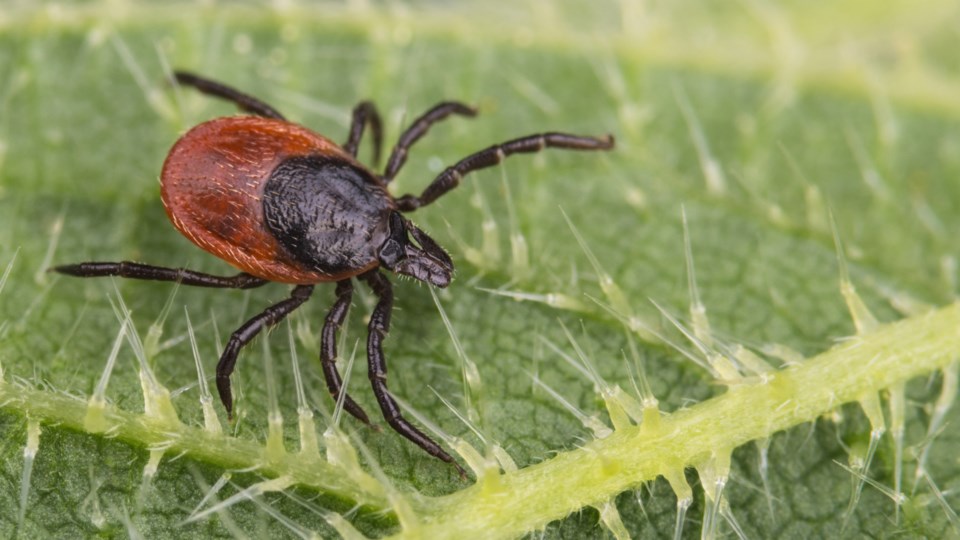NEWS RELEASE
MICHIGAN DEPARTMENT OF AGRICULTURE AND RURAL DEVELOPMENT
********************
As warmer weather approaches, so does the increased risk of tick encounters, posing potential health threats to people and pets enjoying outdoor activities. That’s why the Michigan Department of Agriculture and Rural Development (MDARD) offers advice on how to create tick-safe zones around your home.
There are over 20 known tick species in Michigan. Most often, they survive by feeding on wildlife. Several species of ticks are known to bite people and pets; and the insects may harbor dangerous bacteria, viruses, or parasites. Not all ticks carry diseases, but tick-related diseases (including Lyme disease) do occur in Michigan and can be serious or fatal if not properly diagnosed and treated.
“Using insect repellents while outdoors and checking for ticks after being outdoors are common ways to prevent tick bites on people and pets, but other strategies can help reduce ticks around your homes without using pesticides,” said Steve Carlson, MDARD’s Pesticide and Plant Pest Management Division Director. “Integrated pest management, commonly referred to as IPM, uses multiple, systematic methods to minimize the impact of pests on people and property, while safeguarding the environment.”
Here are some simple IPM techniques to help reduce tick populations around your home:
- Clear tall grasses and brush around homes and at the edge of lawns.
- Place a 3-foot-wide barrier of wood chips or gravel between lawns, wooded areas, patios, and play equipment. This will restrict tick migration into recreational areas.
- Maintain short grass in lawns and keep leaves raked.
- Stack wood neatly in a dry area to discourage rodents that ticks feed on.
- Keep playground equipment, decks, and patios away from yard edges and trees. If possible, place these items in a sunny location.
If you do choose to use pesticides, follow these safety tips:
- Always follow label directions and wear the personal protective equipment specified on the label.
- Store pesticides in their original containers with proper labels.
- Keep pesticides locked up and out of the reach of children and pets.
- Use the amount specified on the label. Using additional product will not be more effective and may harm you, your pets, and/or the environment.
- Wash clothes that have been in contact with pesticides separately.
- Wash hands with soap and water after using a pesticide, including insect repellents.
- Use the Environmental Protection Agency’s search tool to find a repellent product that is right for you.
If you are interested in hiring a pesticide applicator to manage pests for you, choose a firm licensed by MDARD. Licensed firms meet the necessary education and experience requirements and employ pesticide applicators who have passed MDARD’s proficiency examinations. Their training and experience will help prevent accidental pesticide misuse that could harm people, pets, livestock, and the environment.
For additional information about ticks, including how to identify and remove a tick, visit the MDHHS website. Learn more about pesticide safety here.
********************



